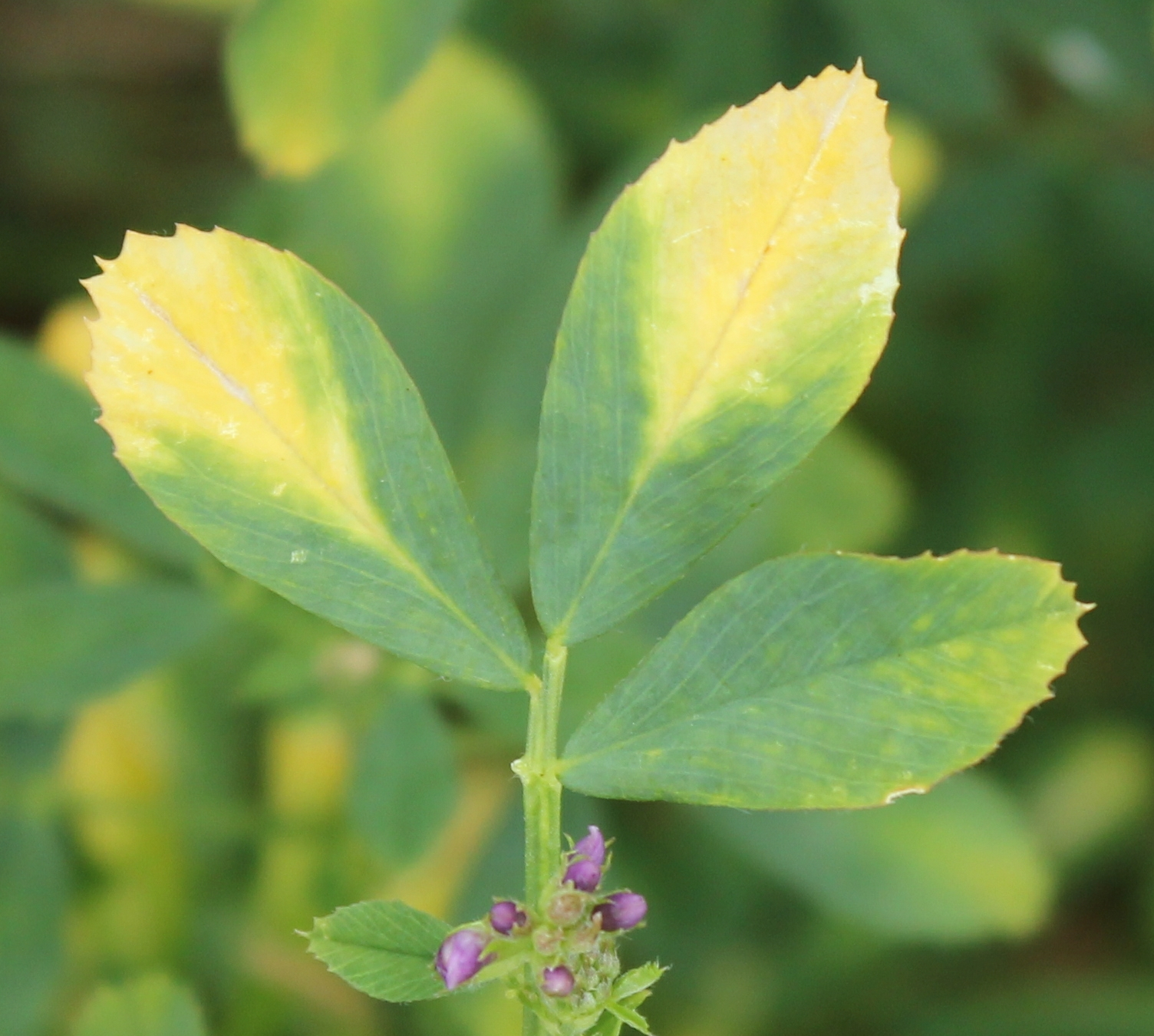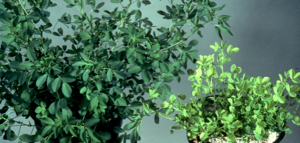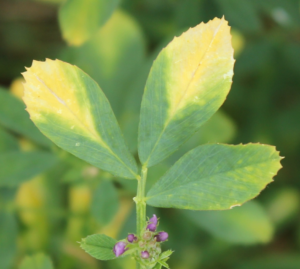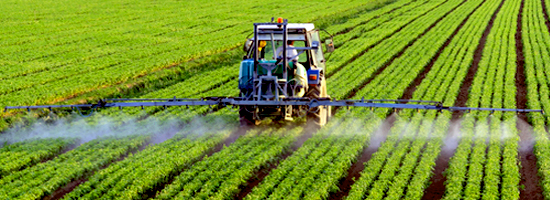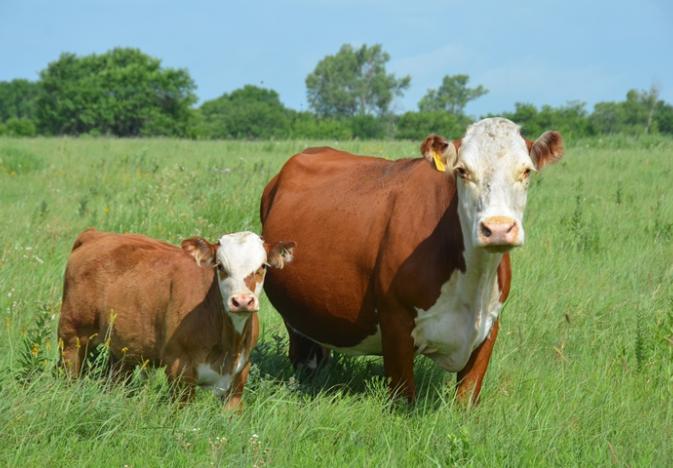It seems that there are always debates or discussions about various topics in the world of soil fertility and fertilizer use. Some get resolved; others don’t. The comparative advantages and disadvantages of ortho- and poly-phosphate fertilizers has been an active topic for discussion since at least the early 1970s. It seems that the activity of this discussion has not diminished. It appears that various marketing efforts have focused on the sale of either orthophosphates or polyphosphates. If we have some understanding of the chemistry of the soil and the manufacturing processes for these fertilizers, it will be possible to make informed choices about the use of these forms of phosphorus in crop production.
Manufacture of all inorganic phosphorus fertilizers begins with the mining of rock phosphate, a finite resource. This material is inert and the phosphorus present in the rock is insoluble, and thus, not available for use by plants. This rock is treated with sulfuric acid, and phosphoric acid is the important end product. Phosphoric acid is also produced by what is known as an electric arc process. This phosphoric acid is the start of the manufacturing of phosphate fertilizers. Depending on the manufacturing process used, the phosphoric acid has phosphorus present in the form of orthophosphate or polyphosphate or a combination of both. In general, heat is added to orthophosphoric acid, water is removed, and acid with phosphorus present in the polyphosphate form is the end result. This acid is frequently referred to as “super acid”. Approximately 60% of the phosphorus is present as polyphosphate with the remaining 40% present as orthophosphate. To make 10-34-0, ammonia (NH3) is added to the “super acid” and most of the acid is neutralized. Thus, 60% of the phosphorus in 10-34-0 is in the polyphosphate form.
In another manufacturing process, urea (46-0-0) and potassium hydroxide (KOH) are added to the orthophosphoric acid to produce products like 9-18-9 or 6-24-6. The acid is neutralized by the addition of these two materials. The phosphorus in these and/or related products is present in the orthophosphate form. Because of the addition of 46-0-0 and KOH, these materials are usually more expensive. For the manufacture of dry phosphate fertilizers, NH3 is added to the orthophosphoric acid to produce either diammonium phosphate (18-46-0) or monoammonium phosphate (11-52-0). Different amounts of NH3 are used to produce the different products. Thus, phosphate in dry fertilizers is present in the orthophosphate form. Considering the differences in the manufacturing processes and properties of the end products produced, it’s reasonable to ask if there are any differences in the effectiveness of orthophosphate and polyphosphate fertilizers.
To answer this question, we can start by looking at some of the basic fundamentals. First, we know that phosphorus is aborbed or taken up by plants as either HPO4- in calcareous soils or H2PO4- in acidic soils. These two ions can be thought of as phosphorus in the orthophosphate form. When water is removed to make the “super acid”, the orthophosphate ions combine. Any combination of two or more orthophosphate ions is called a polyphosphate. A polyphosphate is really a chain of various numbers of orthophosphate ions.
When added to soils, the polyphosphate unit combines with soil water, breaks down, and the orthophosphate units are the end result. This is a chemical reaction affected primarily by soil temperature and, in general, microorganisms are not involved. The speed of the conversion increases as soil temperature increases. Conversion is usually completed in 7 to 10 days-usually before corn germination and emergence. Based on our understanding of the chemistry of phosphorus in soils, we should expect no difference in the performance of orthophosphate and polyphosphate fertilizers.
-Dan Langkamp
